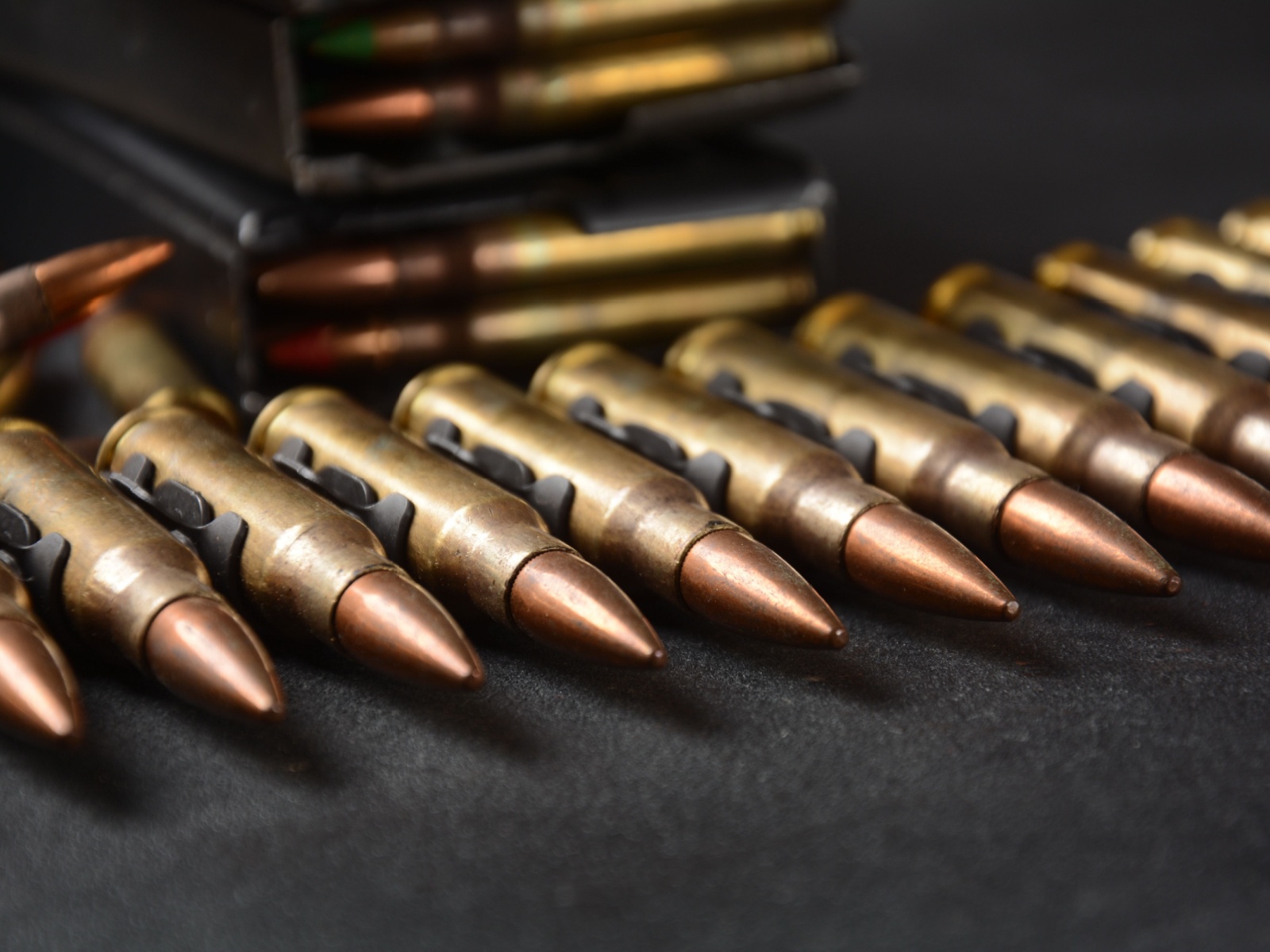MIL-STD-2106 Projectile Impact on Explosive Ordnance Test
The MIL-STD-2106 standard is a critical part of the U.S. Department of Defense’s (DoD) quality assurance and reliability program for weapons systems, ammunition, and other explosive ordnance. This test ensures that components meet stringent performance requirements under simulated combat conditions. The primary focus is on evaluating the impact resistance and structural integrity of materials when subjected to high-velocity projectiles.
The test involves firing a projectile at a target designed to simulate real-world conditions encountered in military operations. The projectile can be various calibers, including 50-caliber rounds or larger, depending on the specific application. The target is typically made from materials that mimic the ordnance being tested and may include steel plates, armor plating, or other relevant substrates.
The purpose of this test is to assess how well the material or component can withstand the impact without failing catastrophically. Failure modes might include cracks, delamination, or fragmentation of the target. The test provides data that helps engineers and developers improve designs and materials for future applications.
Testing under MIL-STD-2106 ensures compliance with regulatory requirements set by the DoD. This includes ensuring safety during storage, handling, and deployment. Additionally, it supports the development of more efficient and effective ordnance systems that can operate reliably in harsh environments.
The process involves precise calibration of the testing equipment to ensure accurate results. The projectile is fired at a specific angle and velocity, which are defined by the test specifications. After impact, the target is inspected for damage or failure. Detailed reports document all aspects of the test, including the conditions under which it was conducted and any deviations from expected outcomes.
For quality managers and compliance officers, understanding MIL-STD-2106 is essential to ensure that products meet the stringent standards set by the DoD. R&D engineers rely on this testing to refine designs and materials for better performance. Procurement professionals use these tests to verify that suppliers deliver products that can withstand real-world conditions.
Scope and Methodology
| Key Elements | Description |
|---|---|
| Projectile Specifications | The type of projectile used, including caliber, weight, and material. |
| Target Designation | The target material and its thickness or configuration. |
| Testing Environment | The conditions under which the test is conducted, such as temperature and humidity. |
| Data Collection | Methods for measuring damage and failure modes in the target. |
The methodology ensures that all tests are conducted uniformly to provide consistent results. The projectile is fired at a specific angle and velocity, and the impact force is measured using high-speed cameras and other instrumentation. After each test, the target is inspected for damage or failure, and detailed reports are generated.
Testing under MIL-STD-2106 is not only about compliance but also about safety. The results of these tests help ensure that weapons systems and ammunition can be safely handled by personnel in all environments. This includes understanding how materials behave when exposed to high-energy impacts, which is critical for the design and development of safer ordnance.
Benefits
The benefits of MIL-STD-2106 testing extend beyond mere compliance with regulatory standards. It offers a comprehensive approach to evaluating the robustness of materials and components used in weapons systems and ammunition. By simulating real-world conditions, this test helps identify potential weaknesses that could lead to failures during actual use.
One significant benefit is improved product reliability. Testing ensures that products can withstand the rigors of deployment without compromising performance. This leads to more efficient operations and reduces maintenance costs in the field.
Safety is another crucial aspect, particularly for personnel handling explosives. By ensuring that materials are robust enough to resist impact, MIL-STD-2106 testing helps prevent accidents and injuries. The data generated from these tests can also contribute to safer storage and transportation practices.
Another benefit is the ability to refine designs based on test results. Engineers can use the insights gained from MIL-STD-2106 testing to improve future iterations of weapons systems and ammunition, making them more effective in various operational scenarios.
In addition, compliance with MIL-STD-2106 standards enhances reputation and trust among stakeholders. It demonstrates a commitment to quality and safety, which is essential for maintaining partnerships and ensuring that products meet the highest standards of reliability and performance.
Industry Applications
- Weapons systems development
- Ammunition design optimization
- Material testing for ordnance components
- Reliability assessment in harsh environments
- Safety evaluation of explosive handling procedures
The applications of MIL-STD-2106 are extensive, particularly within the military sector. It is used to evaluate the performance of various materials and components under extreme conditions. This includes testing metals like steel, titanium, and composite alloys for their ability to withstand high-velocity impacts.
Engineers use this test data to refine designs that can better handle the stresses encountered in combat situations. For instance, understanding how different materials behave when exposed to high-energy impacts allows designers to select the most appropriate materials for specific applications.
The results of MIL-STD-2106 testing are also valuable for assessing reliability in harsh environments. This is particularly important for weapons systems that must operate effectively in diverse climates and terrains. By ensuring that components can withstand these conditions, MIL-STD-2106 helps maintain consistent performance across various operational scenarios.
Finally, the safety evaluation of explosive handling procedures benefits significantly from this testing. It provides critical data on how materials react under high-energy impacts, which is essential for developing safer protocols and practices for handling explosives.





